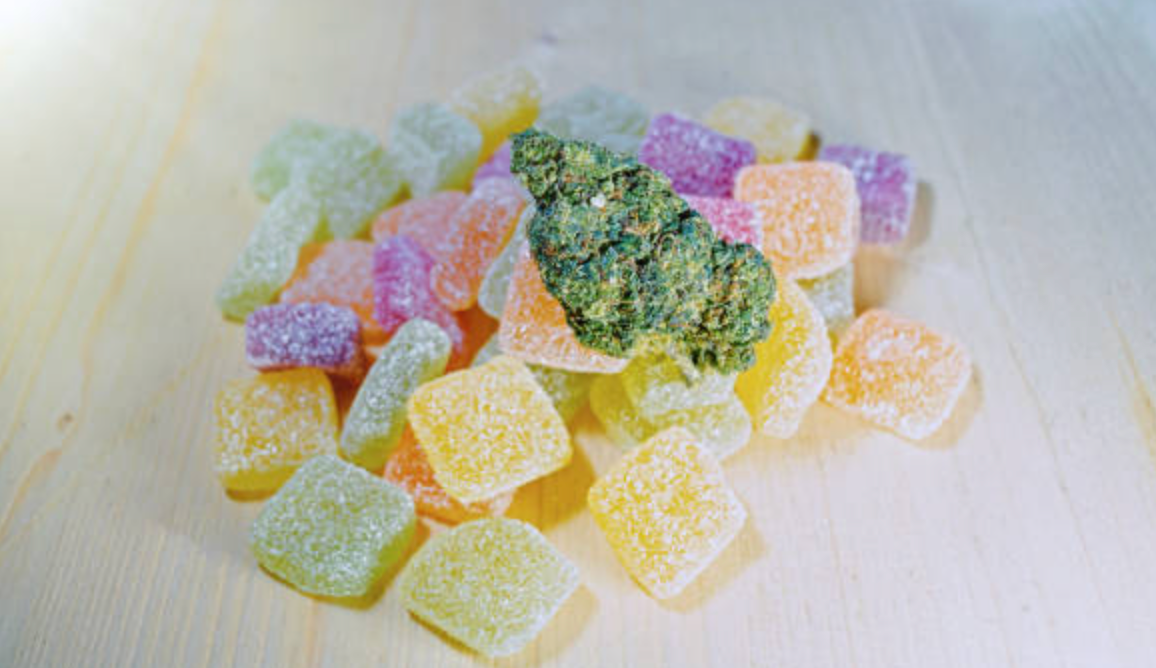The difference between the spa and the swimming pool is its average operating temperature, which is much higher in the spa. Who says very hot water, says powerful heating, therefore consumer of energy? To reduce the bill, the manufacturers have found only one solution: insulate the spa as much as possible to avoid heat loss and have the heating come on as little as possible.
The Importance Of Good Insulation
Your spa is not afraid of the cold. On the other hand, your wallet fears a surge in expenses if the isolation of the spa is not taken into account. With high-quality insulation, there is less heat loss, thus reducing heating consumption.
Poor quality insulation is also synonymous with thermal shock, mainly in winter for an outdoor spa. When the spa water temperature and the outside temperature display a large amplitude, there may be cracks appearing on the poorly insulated tub or partial freezing of the pipes.
How To Properly Insulate Your Spa?
When purchasing a portable prefabricated spa, you are not asked to do the insulation but to have a close eye on certain details. For those who have turned to the inflatable spa, the question does not arise. The spa must be dismantled or installed just for bath time to avoid unnecessary costs in too cold weather.
For traditional acrylic spas, insulation should be a selling point. Check that the manufacturer has not placed a single sheet of aluminum between the tank’s shell and the casing. A good layer of insulating foam is preferable. The same goes for the pipes.
Finally, do not skimp on the quality of the cover like spa cover care, which protects against losses when the spa is at rest.
Principle of operation of a circulation pump
As it is a pump that aims to circulate water, it consists of two parts:
The electromechanical part is a motor with a rotor fitted with an axis that turns thanks to the electric current that circulates in the winding. The axis turns the turbine.
The turbine: at the end of the motor shaft, it is a plastic or cast aluminum part, often in a snail with a helical propeller which makes the water pressurized. This turbine comprises a side inlet for the water inlet and a front outlet for the pressurized outlet.




